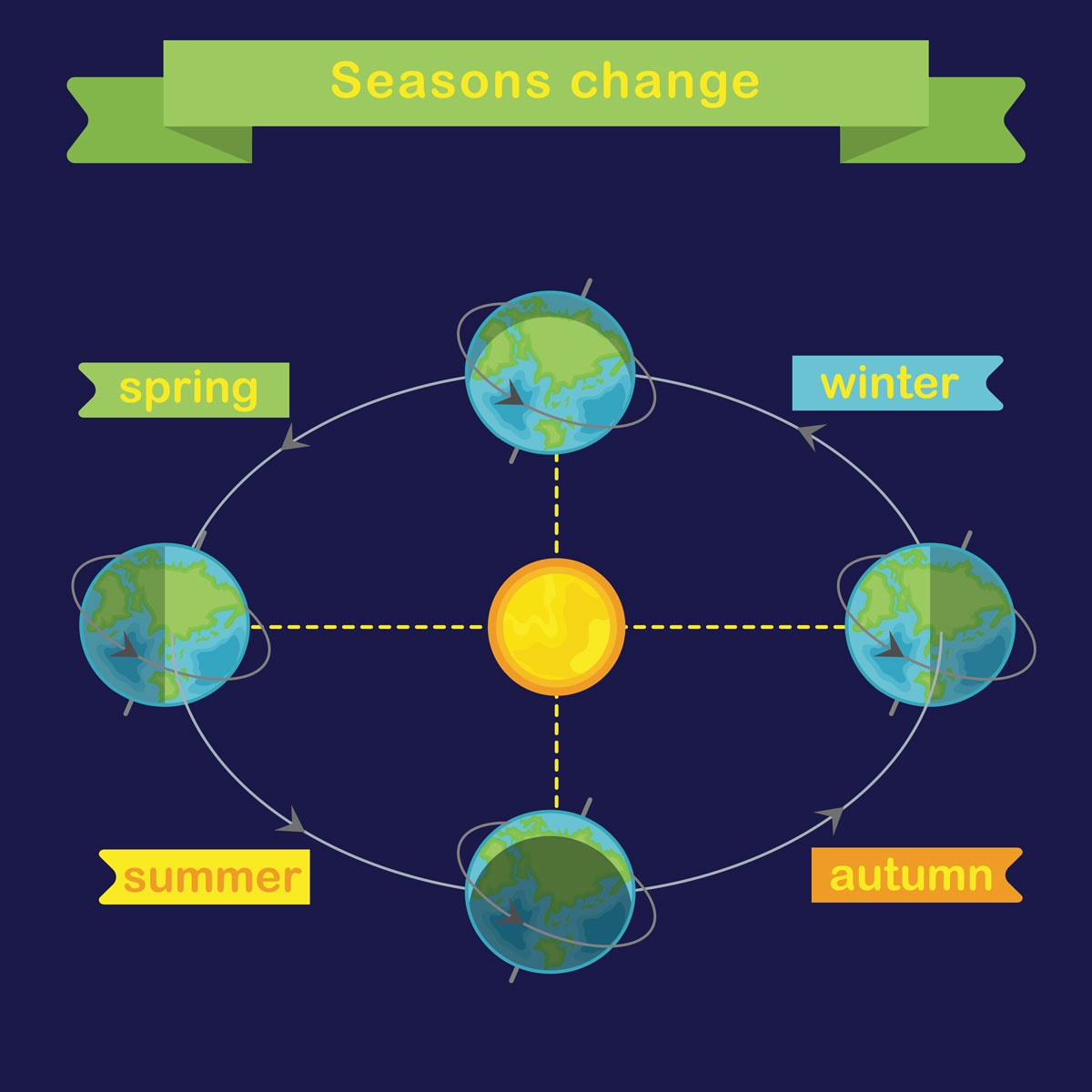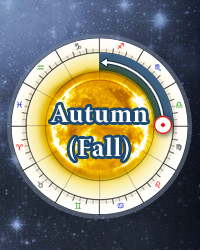

We have covered solstices in the past in the Practically blog, so you may know that the solstices and equinoxes signal the changing of the seasons on Earth, but do you remember if they are just different names for the same thing? Actually, a solstice and an equinox are opposites. Source: NASA Difference between Solstice & Equinox That's why we have seasons too and why the two hemispheres experience opposite seasons! Because of that, different parts of the Earth get more or less sunlight as the planet rotates around the sun. The axis around which the Earth spins isn't straight vertical line - it's about 23.4 degrees tilted.

That’s because the Earth’s axis is tilted with respect to the Sun-Earth plane. The rest of the year, the Sun shines unevenly over the Northern and Southern Hemispheres. This will be true for 90% of the world’s population as the Northern hemisphere houses 90% of the world! Why do equinoxes happen?Įquinox only happens twice in the Earth’s year-long trip around the Sun. We will also feel days getting colder and trees shedding leaves. In the Northern hemisphere, the September equinox marks the start of a period of later sunrises and earlier sunsets. This occurs twice each year, around 20 March (Spring equinox) and 23 September. During an equinox, both hemispheres of the Earth experience the same amount of sunlight and darkness – 12 hours each. This happened on Septemin India.Īn equinox is the point in time when the plane of Earth's equator passes through the geometric center of the Sun's disk. The next season is upon us! The September (or autumnal) equinox is the beginning of the astronomical autumn season in the Northern Hemisphere and astronomical spring season in the Southern Hemisphere.


 0 kommentar(er)
0 kommentar(er)
